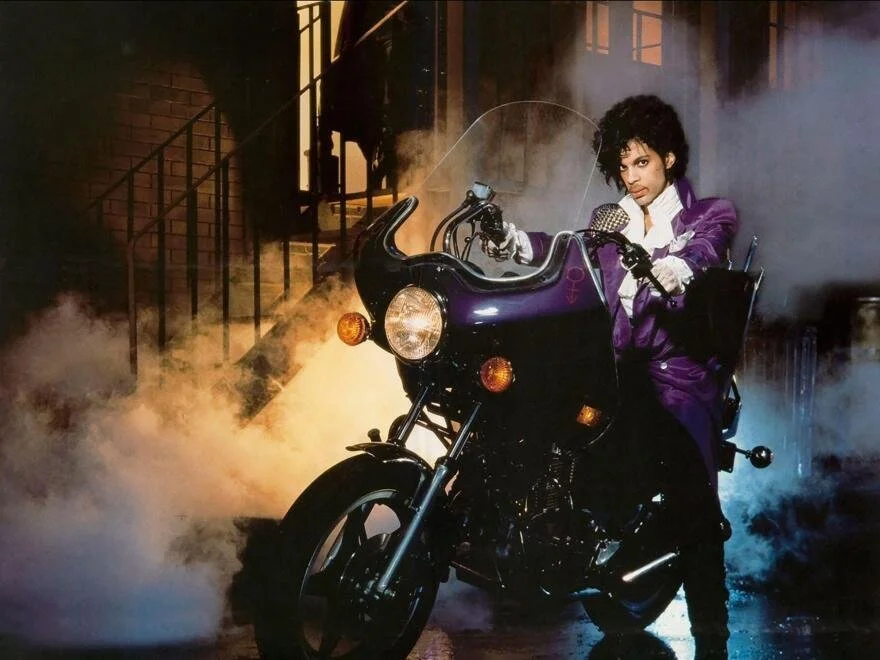Zack Snyder's Justice Lube Part 8: Intertitle-ooza
/Parts: A Love Story
Oof. Let’s take a breather. Superman’s dead, Wonder Woman lost her briefcase and Steppenwolf just threw a lot of horses around. We’ve come a long way in only half an hour.
Let’s use our down time to think about the fact that this movie is broken up into chapters, or “parts”. With these divisions Snyder is making a claim about his film. He’s reaching for grandeur but perhaps suggesting that Justice League is somehow on the same footing as a work of literature. Or maybe he’s making a claim for that rarest of things: the blockbuster auteur.
There’s a tradition of using chapter breaks in contemporary film, and its best-known practitioners bear a striking resemblance to Snyder. Just like the director who put his entire name in the title of this movie, Wes Anderson and Quentin Tarantino are stylists above all else, carrion birds digging in the fields of cinema. Anderson pulls from the pre-blockbuster era of ‘60s European art house films. Tarantino assembles bits of grindhouse, samurai and Western genres into a pulp collage. Snyder, obviously, loves the aesthetic of Very Serious comic books. All three are obsessed with immaculate images and memorable moments, sometimes at the expense of coherence and pacing.
None of these directors has much to say about the real world, unless you count their studious avoidance of reality as a commentary on it (and I do). These are directors who are interested in the images that our culture produces - which is to say that they are charting our collective dreamlife.
Not everyone is on board for Snyder’s particular dreamscape. In interviews Snyder describes nearly everything about his work as “cool” or “fun,” even when Jimmy Olson is a bit player who gets brutally shot in the head. In what world is it fun to see someone get summarily executed? Relax, Snyder says. It’s all a dream.
Of course, I’m ignoring the granddaddy of dream film here: George Lucas, who divided entire movies into parts of a sweeping pulp saga that was pointedly set in an unreal world. And let’s not forget that David Lynch’s latest work has been labelled an 18-hour movie, and his storytelling structures are even more frustrating and obtuse than Snyder’s at times.
The aim of the division is not to make a claim to grandeur but to strengthen the story’s hold on unreality, to bring viewers into the dream. Snyder is both summoning and shaping that dream life, where titanic heroes live operatic lives while the rest of us dissolve into the landscape.









